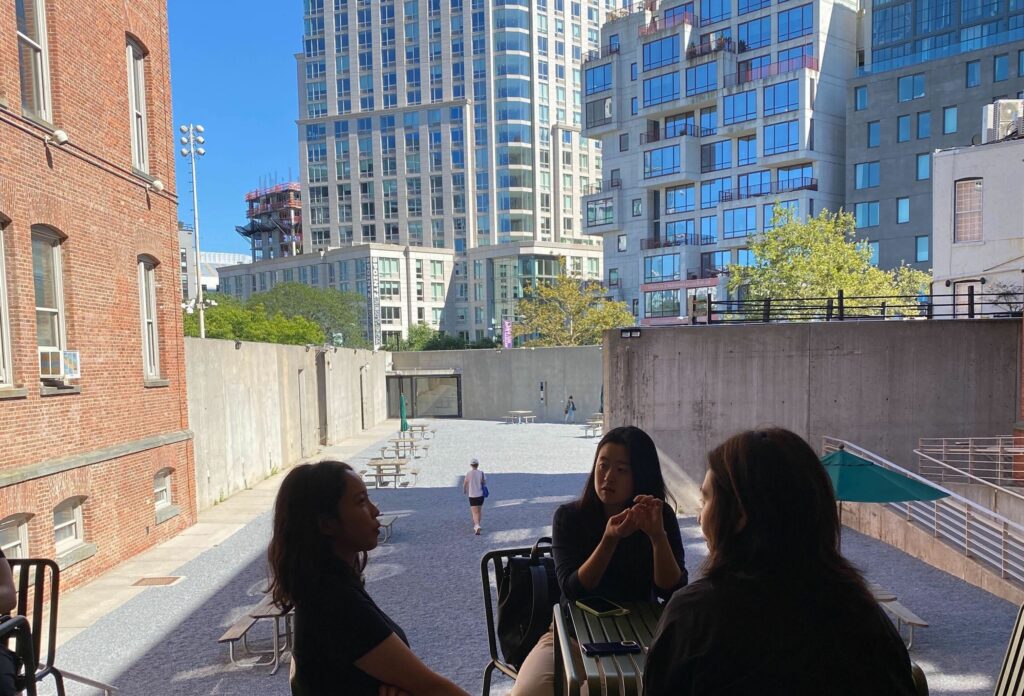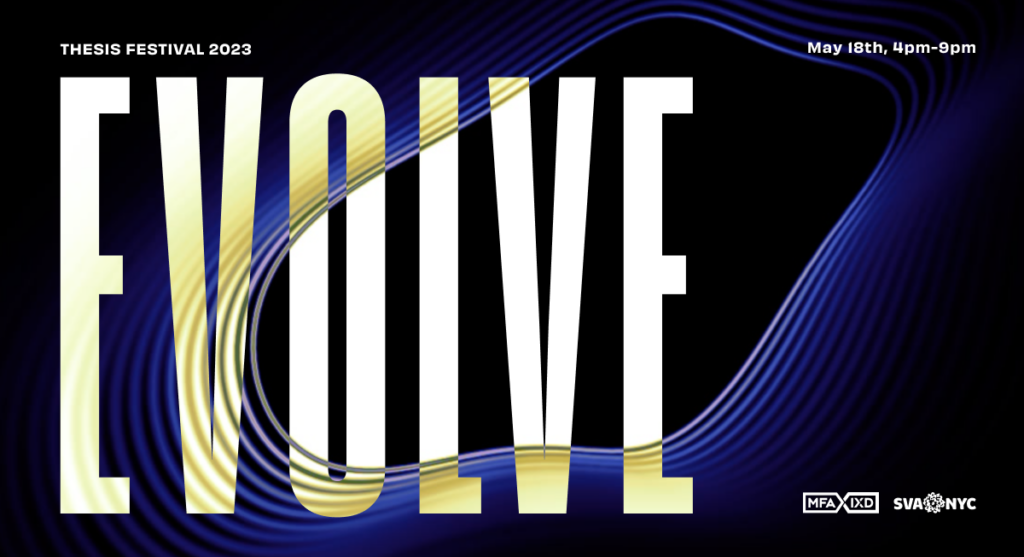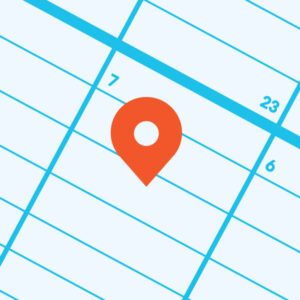Nicholas Felton spends a great deal of time thinking about how to construct charts and graphs from his everyday routines. He’s authored four Annual Reports that mark everything from “average air speed” to “annual books read” into a stunning visualization, bringing to light patterns where none presented themselves before. Giving rise to personal data visualization, his work has led to the co-founding of Daytum, a website dedicated to bringing data visualization tools to everyone who seeks them.
Before Nicholas speaks at the March 11 Dot Dot Dot Lecture, we caught up with him on the effects of the Annual Reports on his everyday life, and some of his longer-term projections.
SVA: You’ve visualized the data of your own behavior in chart and graph format in what you call “The Feltron Annual Reports” since 2005. How did you get started? What do you learn about your own behavior by reviewing your reports now that you can compare them year by year?
Nicholas Felton: In one sense, the Annual Reports started in 2004 with a single-page, best-of-the-year survey. While this “Best of Four” was filled primarily with items I’d enjoyed the most over the previous year, it also contained some smaller, objective items I could excavate from the year without trying too hard. These items, such as the “most-played song,” “air miles traveled” and “digital versus analog photos” formed the basis of the following reports, while the subjective elements have become much less prominent.
In a larger sense, the Annual Reports are an outgrowth of a search for content to use as a source for design. As long as I’ve been a designer, I’ve searched for ways to design personal content—including travelogues, several postcard projects and the creation of artifacts from the book Catch-22.
SVA: How do you decide which data to gather over the course of the year? How do you detect interestingness before or as it is happening?
NF: Well, there are two things that happen. I typically discover things in the course of the year that I wish I had been tracking from the beginning, and they are added to next year’s list to-track list. I also tend to think up fun or interesting ways to manipulate the data I am collecting throughout the course of the year. I was very excited, for example, to realize I could easily calculate an average speed for the year once I had calculated how many miles I had traveled.


Daytum.com
But I think the value of the site can be even larger. We’re trying to make the application as open as possible so that people are free to use it to track anything from bowling scores to irrational fears. On one end of the spectrum, it’s a glorified spreadsheet application; and on the other, it’s a storytelling platform.
SVA: Can these tools scale? What do you imagine their application at a larger scale? How do you think sites such as Daytum (or others such as Many Eyes) will provide platforms for people to be curators of their own or others’ information?
NF: The first step — and the one we’re concentrating on — is empowering people to collect information about their lives that tends to go uncollected. Our electronic footprints are everywhere, but I don’t believe they’re necessarily the most interesting or comprehensive records. Once we’ve made the gathering as easy and detailed as it can be, some interesting things might start happening. I can imagine how counting fireflies over the summer would make a poetic record of the way the summer was spent for an individual, but if 100 or 1,000 people are doing the same thing, does it start to tell an aggregate story that speaks more to global warming or habitat loss?
SVA: Is there a data set that you’ve yet to be able to successfully visualize?
NF: I am certain there are oodles of data sets that are outside of my capabilities. As all my charts and maps are made by hand, it would be easy to overwhelm my capacities, but no one has asked me to tackle a machine-caliber project yet!
RELATED
Nicholas can also be found at his personal website: feltron.com or his studio website: mgfn.net.
See Nicholas Felton speak at the upcoming Dot Dot Dot lecture, “The Curators“ on March 11, appearing with Jen Bekman, Bek Hodgson and Jason Kottke.


